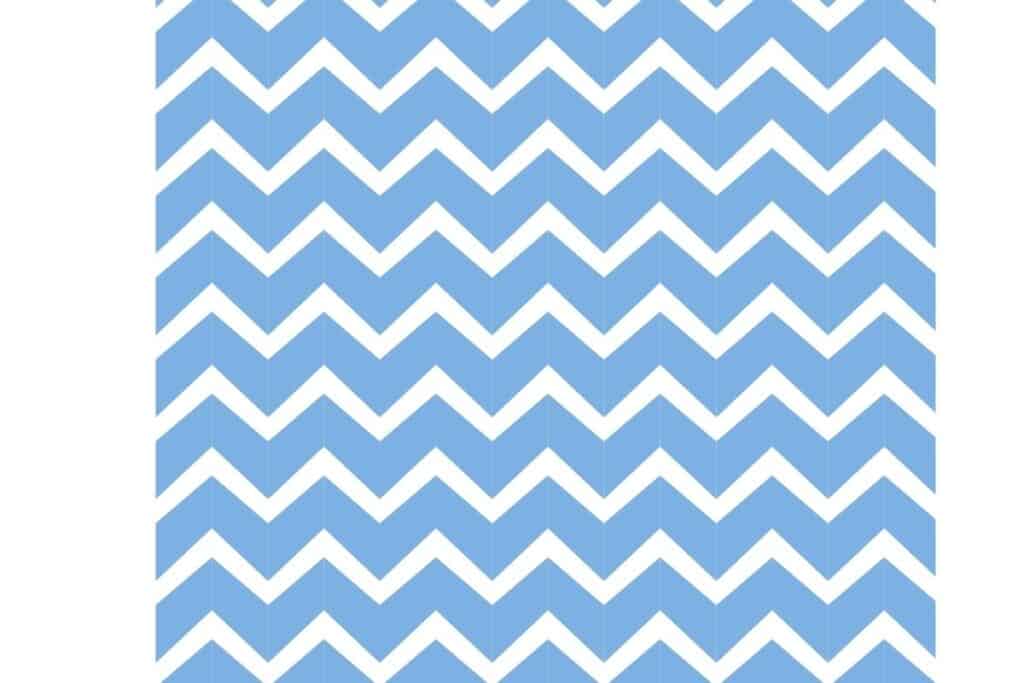What are Japanese patterns called?
Wagara, or traditional Japanese patterns, are a form of pattern that is unique to Japan. The most well-known of them takes a single design and turns it into a pattern by systematically applying it to the material whether cloth, fabric, or clothing.
Where are Japanese patterns most often found?
The usage of motifs is a distinctive aspect of Japanese art and design. Japanese designs can be found on silverware, origami paper, textiles, kimonos, and art prints among other things.
Amime (Mesh)
Amime is named after the mesh of a fishing net. The pattern is seen as a symbol of luck for fruitful fishing. The name originates from China, where fish represent wealth and prosperity.
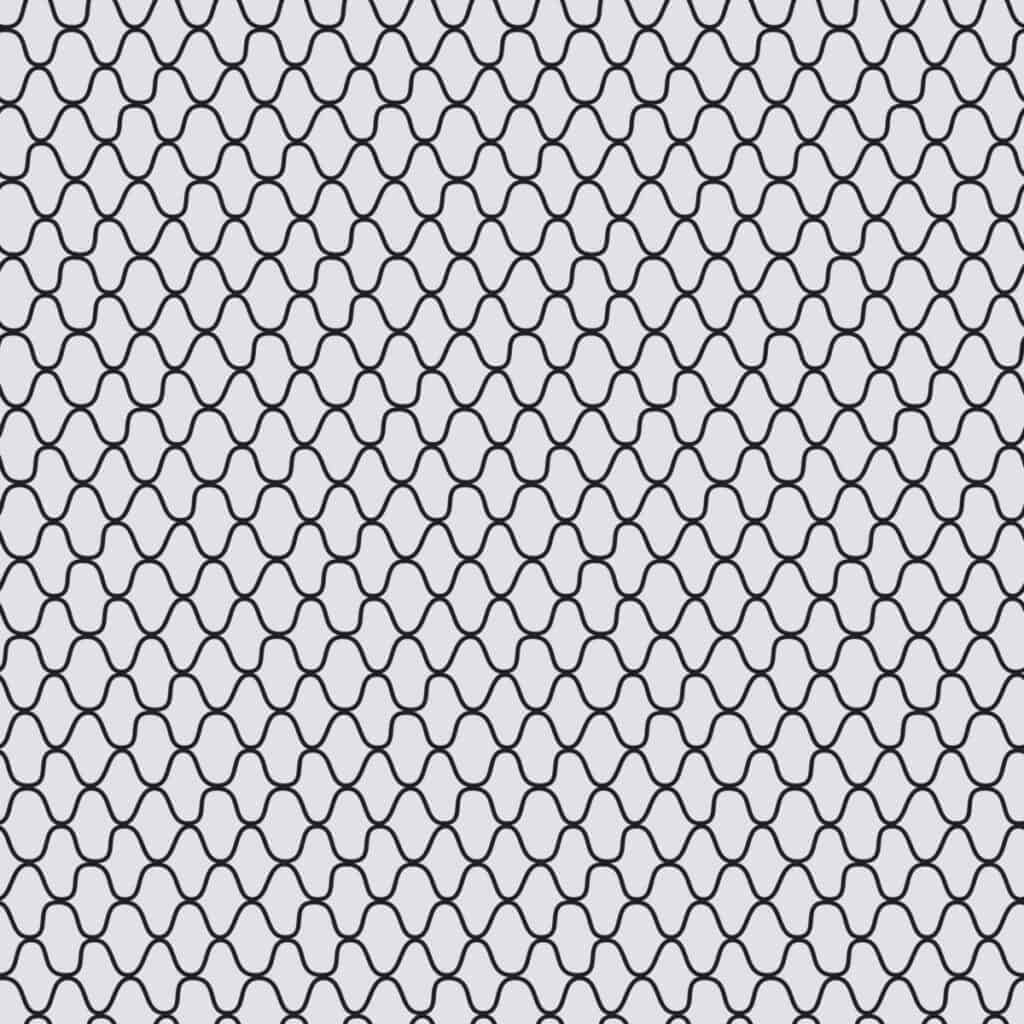
Asanoha (Hemp Leaves)
The Asanoha pattern represents hemp leaves, symbolizing quick growth and vitality. The Hemp plant is resistant to disease and insects, grows quickly, and does not require much care.
Asanoha was mainly used on kimonos for young children and babies in the hope it would support them to grow to be strong.
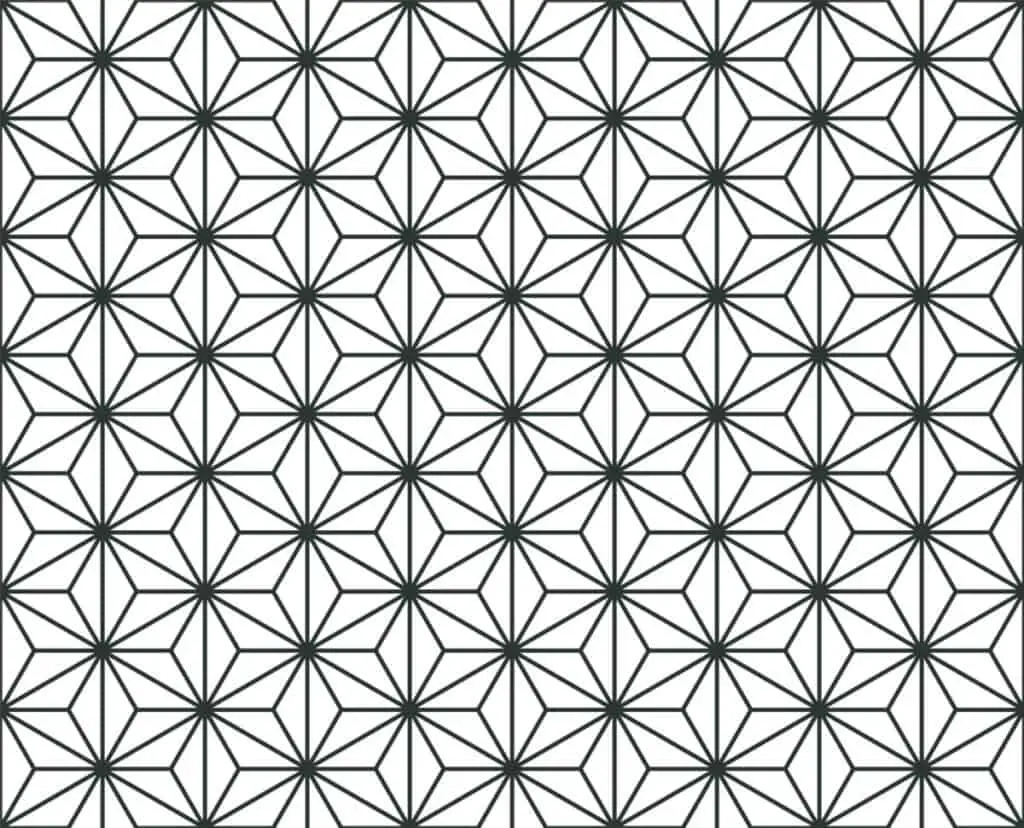
Botan
The Botan pattern consists of the queen of flowers in Japan, the peony flower. Peonies emit an elegant scent that keeps parasites away.
Symbolizing the feminine ideal of the peony, this pattern is all about good luck, honor, and prosperity.
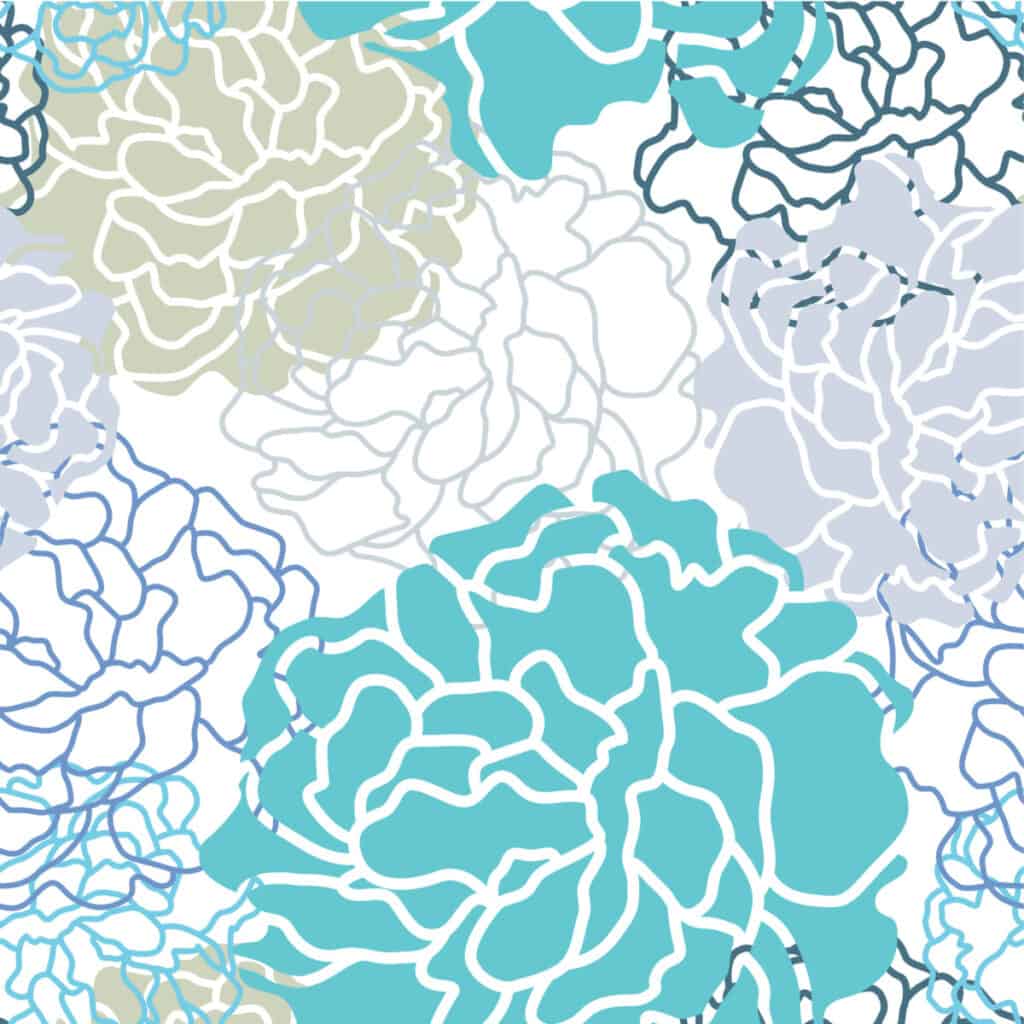
Higaki or Ajiro (Diagonal Fence)
Higaki is a classic pattern used for producing garments and basket weaving.
There are two names for this pattern, the first is Higaki which means fence. The second name for this pattern is Ajiro which means instead of a net, it is a type of fence used in fishing in place of a fishing net.
The pattern is referred to as a diagonal fence as the fishing technique it is named after involves creating a V-shape or funnel to capture fish.
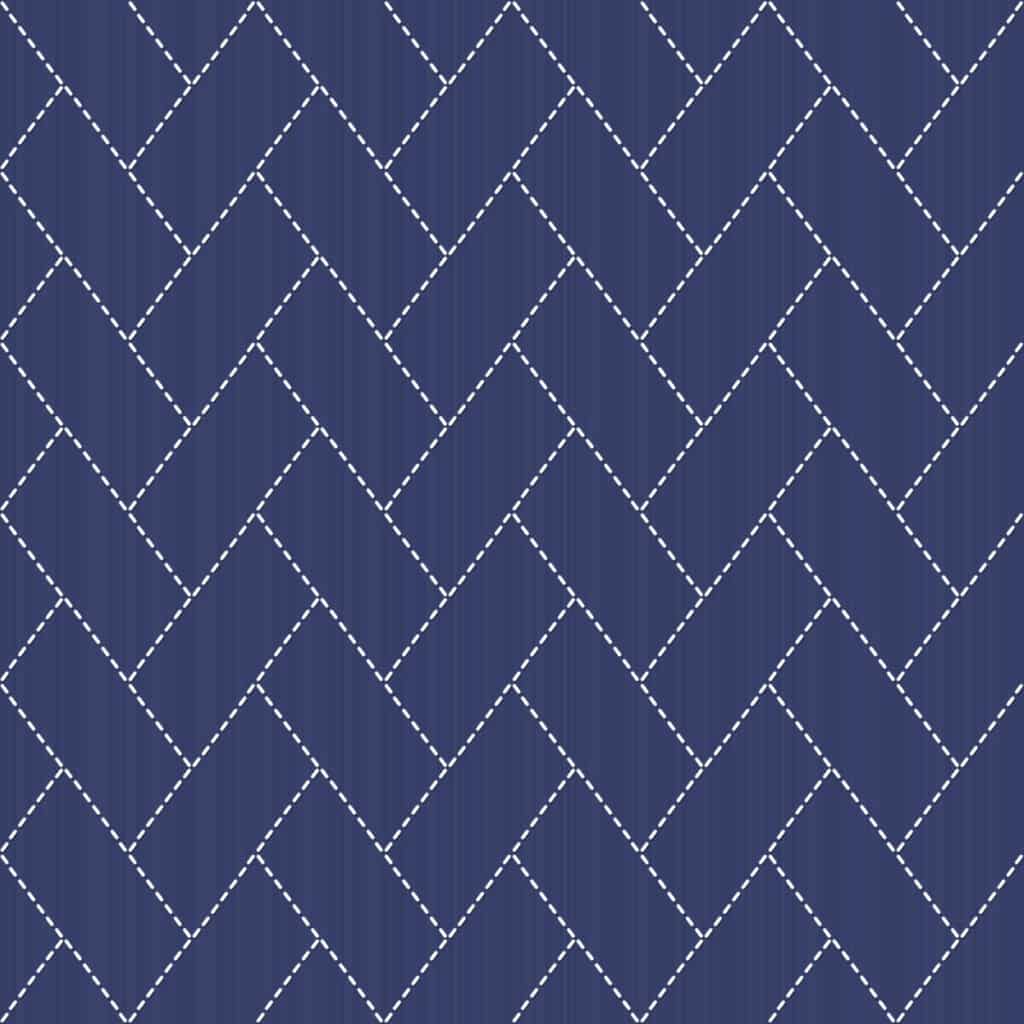
Hishi (Diamond)
Hishi is a pattern where two parallel lines pass to create geometrical shapes. The meaning of Hishi is water caltrop, a rhombus-shaped aquatic plant.
The plant’s seeds can be eaten, and it is known to be very productive, leading them to represent prosperity.
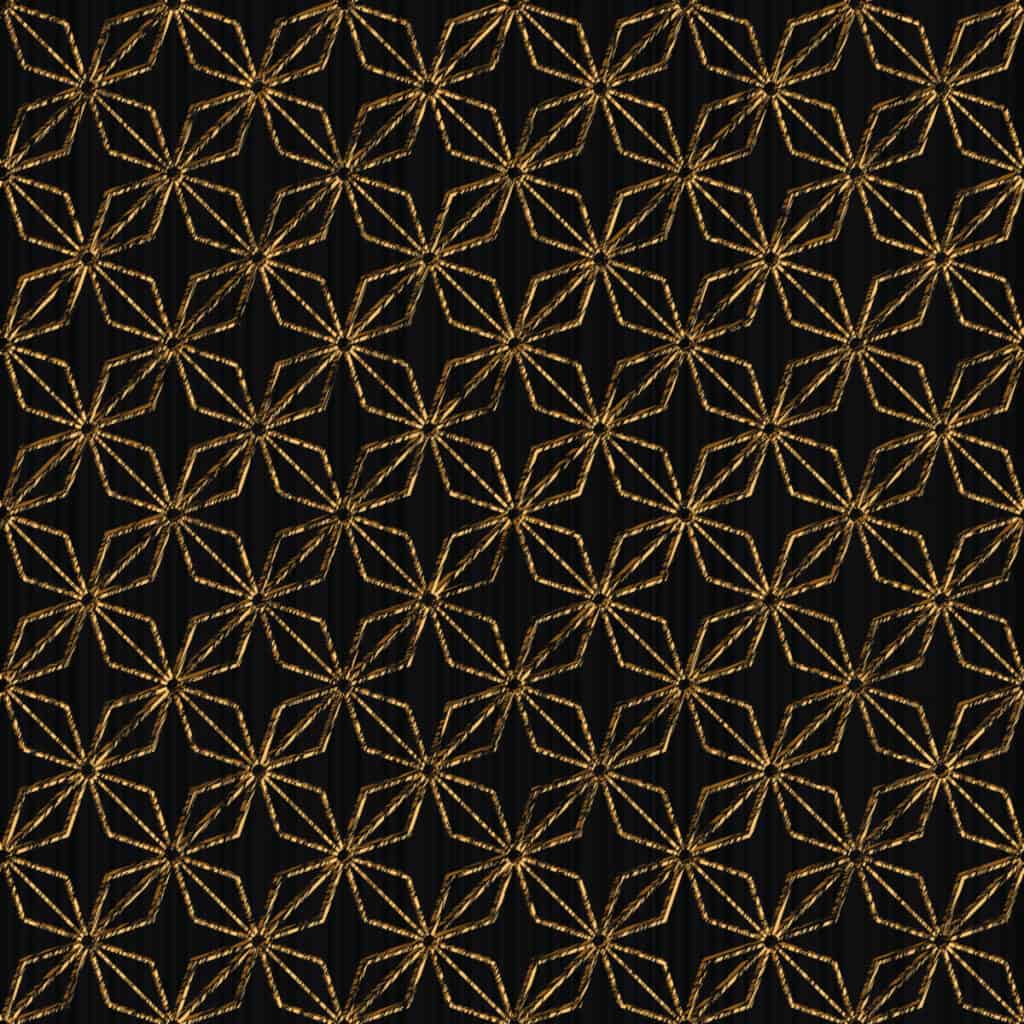
Ichimatsu (Checkered)
Similar to a Gingham pattern, the Ichimatsu pattern is constructed of squares arranged alternately based on different colors.
Ichimatsu has been woven into garments since ancient times but only adopted the name Ichimatsu as recently as the 18th century.
This is due to Sanogawa Ichimatsu, the kabuki actor, regularly wearing the pattern on his costume hakama.
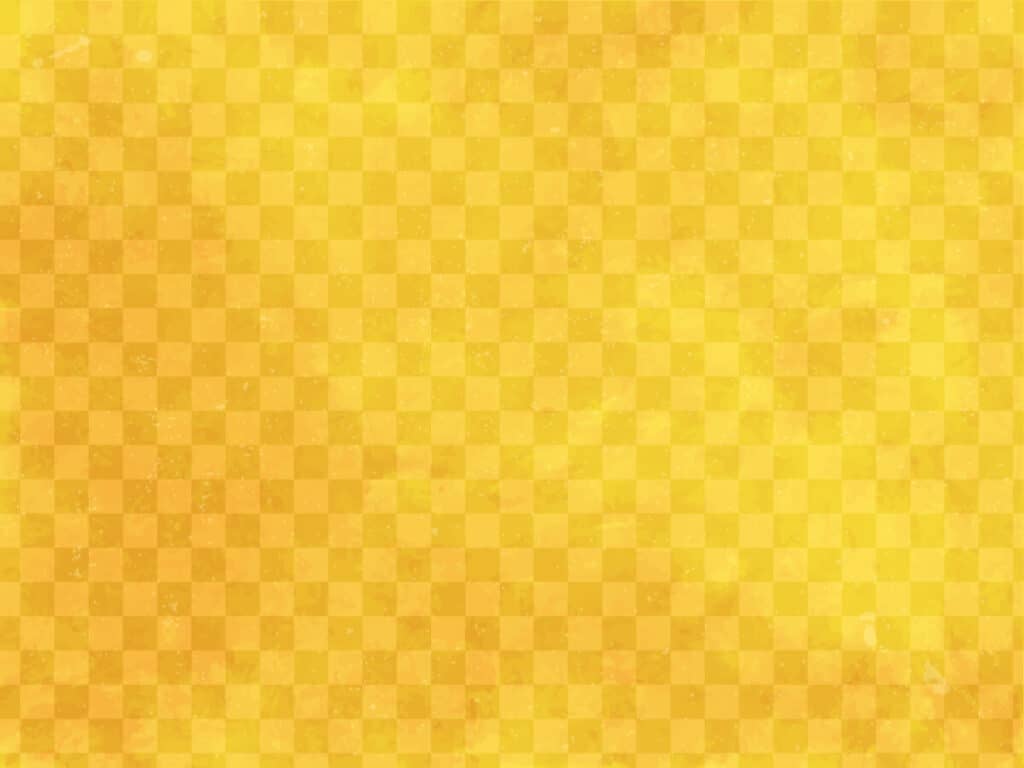
Igeta (Hash)
Igeta is a hash pattern, similar to the modern-day hashtag. The hash pattern is commonly used due to its simplicity in weaving.
Igeta depicts water well, and being a source of water, it represents good fortune and life.
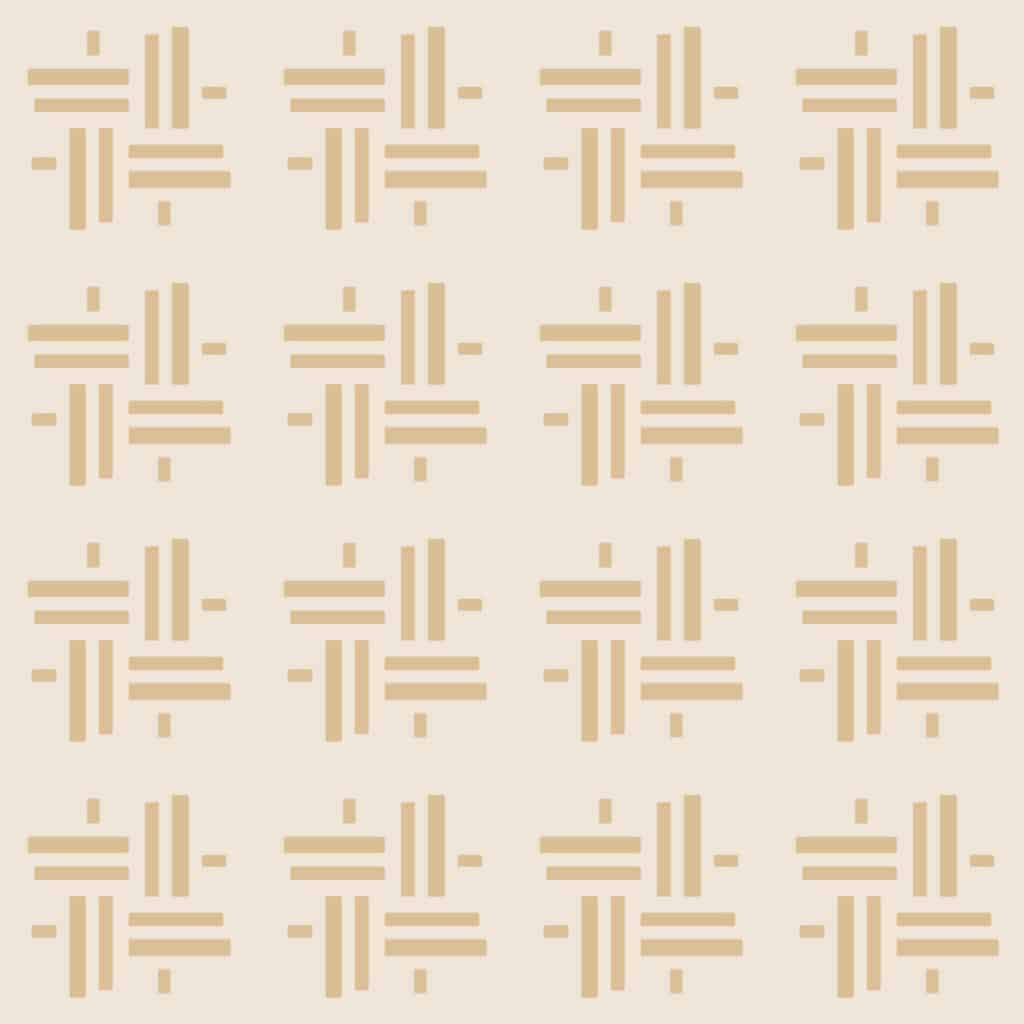
Kagome (Lattice)
Kagome is a lattice-like pattern that comes from basketry, the art of weaving baskets, and is also where the name is from.
The meaning of ‘Kago’ is a basket, while ‘Me’ means eye, these two words combined form Kagome, which means a pattern of holes.
In Japan, Kagome is viewed as a protective pattern, like a fence against devils and misfortune.
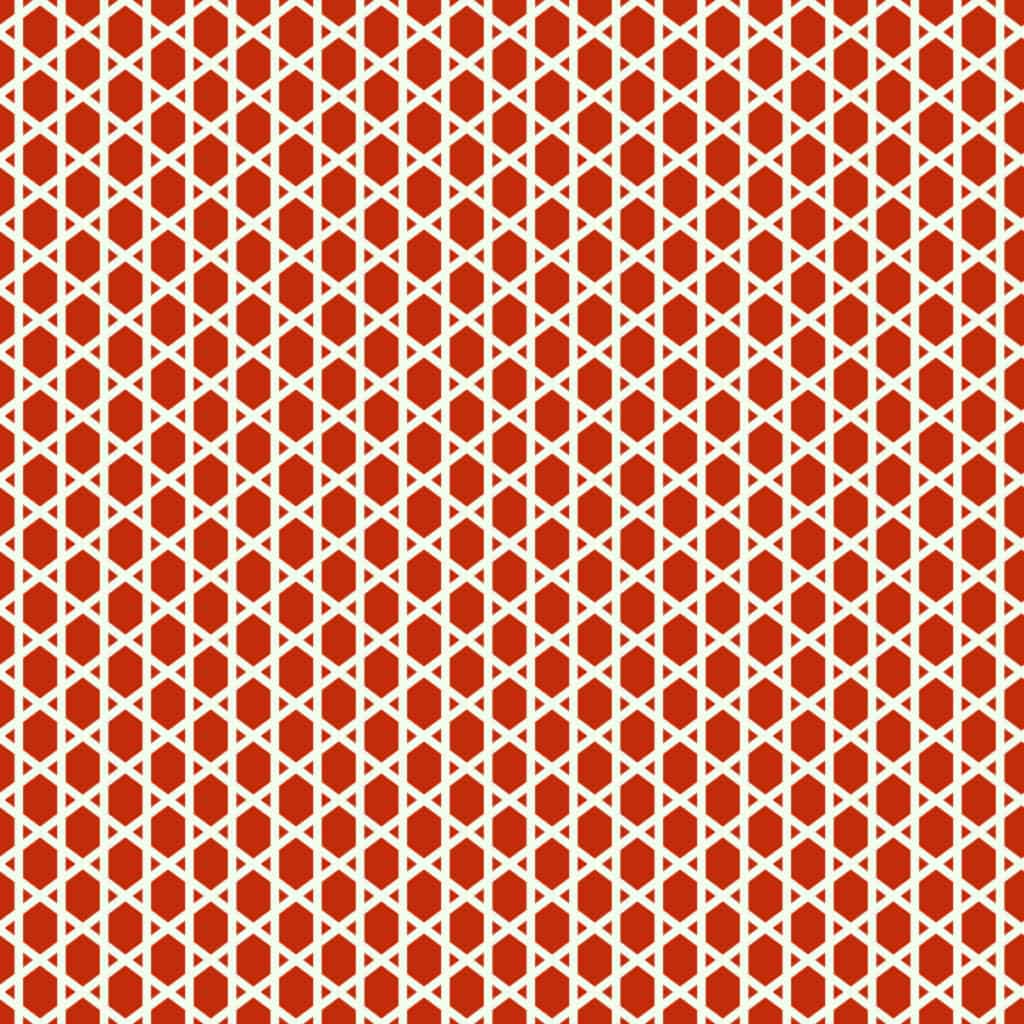
Kanoko (Fawn)
The Kanoko pattern’s name comes from it looking like the spots on the back of a fawn, and its literal meaning is deer child. It is also referred to as looking like lozenges with holes in the center, which are from the craft of dye.
A kimono with a Kanoko pattern on is considered a luxury item due to the intensive labor required to create it. The pattern is created by hand through a tie-dyeing technique.
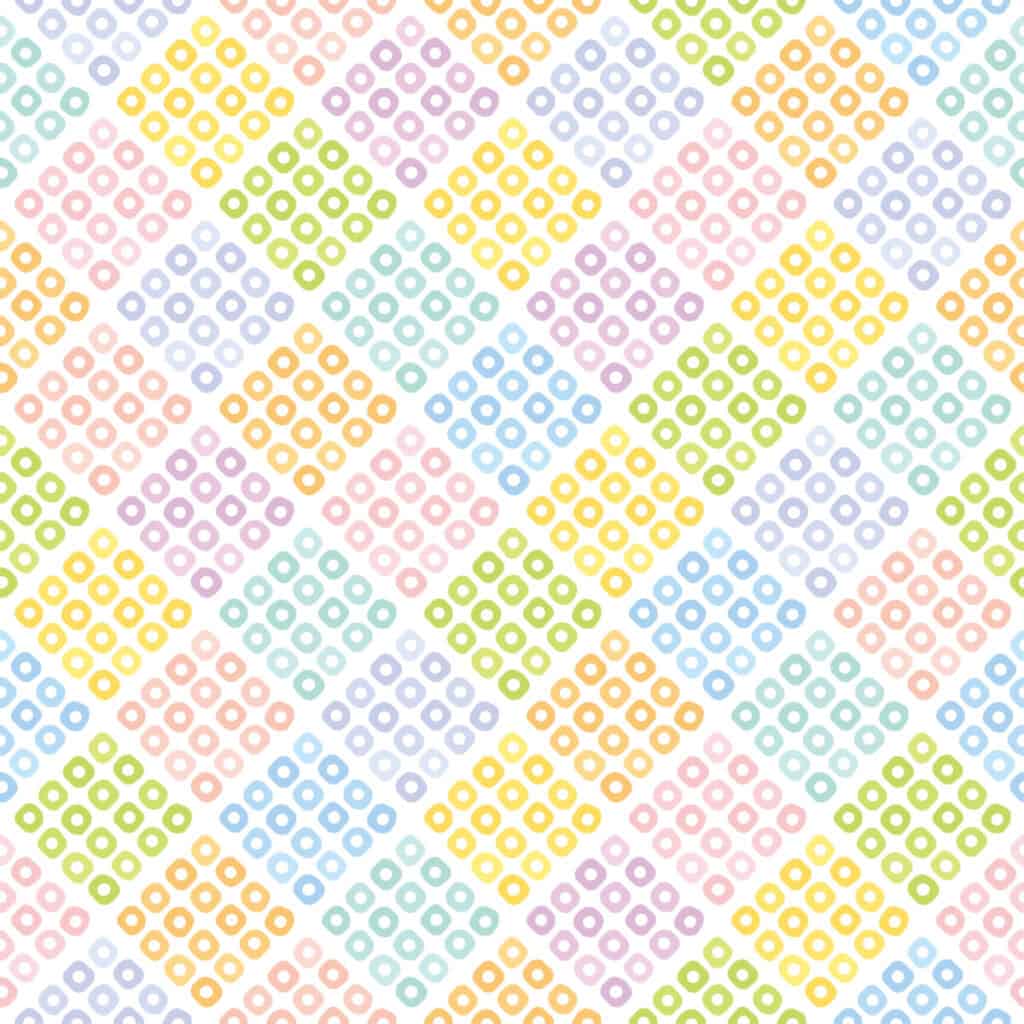
Karakusa (Winding Plant)
Karakusa is a very old pattern that refers to stylized plants and is associated with Japanese flora such as bamboo, lotus, and peony.
Vines stretch out of the pattern in all directions like a grapevine, representing longevity and prosperity.
Historically, the pattern has been used for mainly decorative purposes, but it has progressively been used more and more in craftmanship.
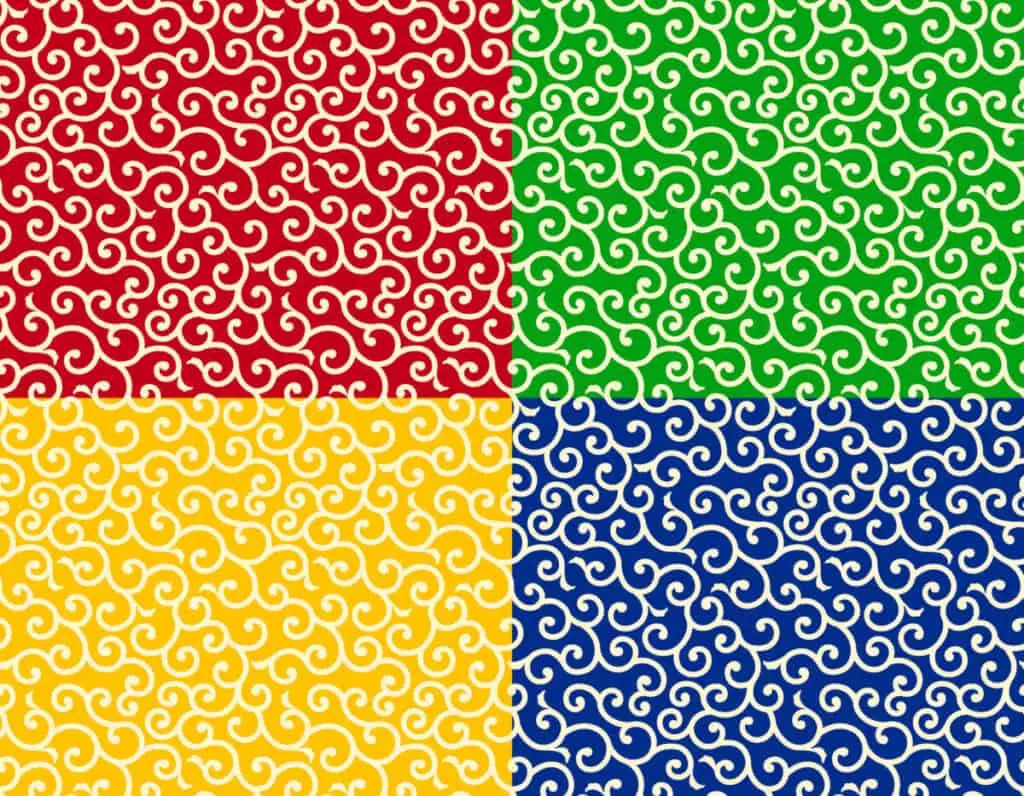
Kikkō (Tortoiseshell)
The hexagon shapes which make up the Kikkō pattern are reminiscent of tortoiseshell and represent longevity. Samurai’s armor was often made up of small hexagons sewed together for this same reason.
There is a wide number of variations to this pattern due to the simplicity of creating tessellations.
Flowers form the center of the hexagons in Kikkō Hanabishi, whereas three hexagons joined together to form the Bishamon Kikkō pattern.
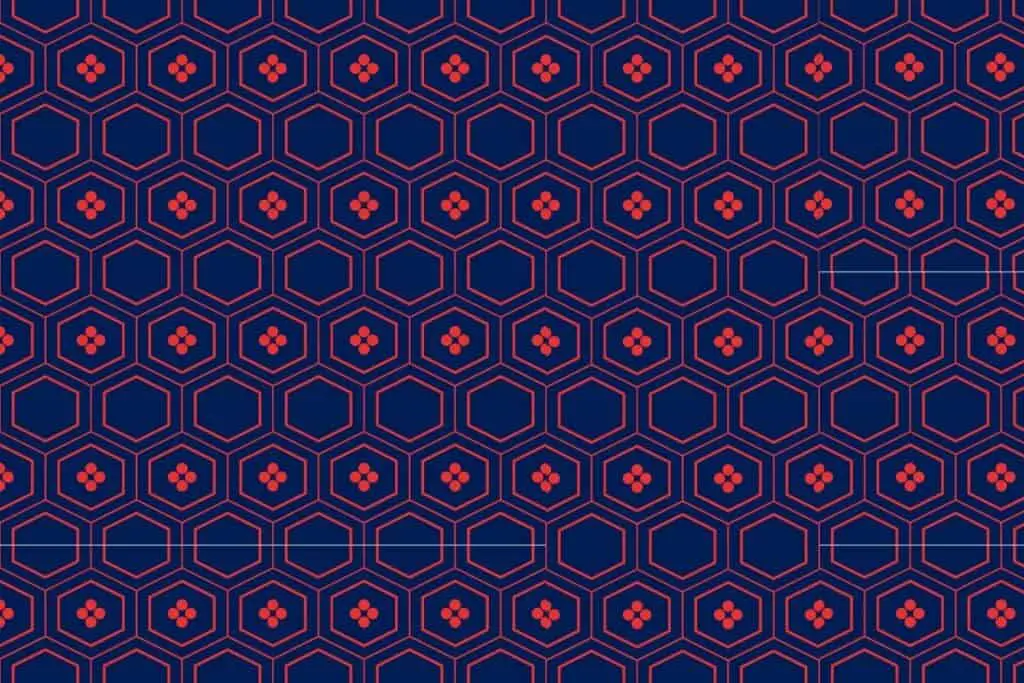
Kiri
The name Kiri means paulownia, which is a tree found in China. It is Japanese tradition to plant a paulownia at the birth of a girl, and the tree is cut when she reaches the age to marry so that the wood can be used to make objects for her dowry.
The Kiri pattern is most commonly represented as clusters of flowers on top of three leaves.
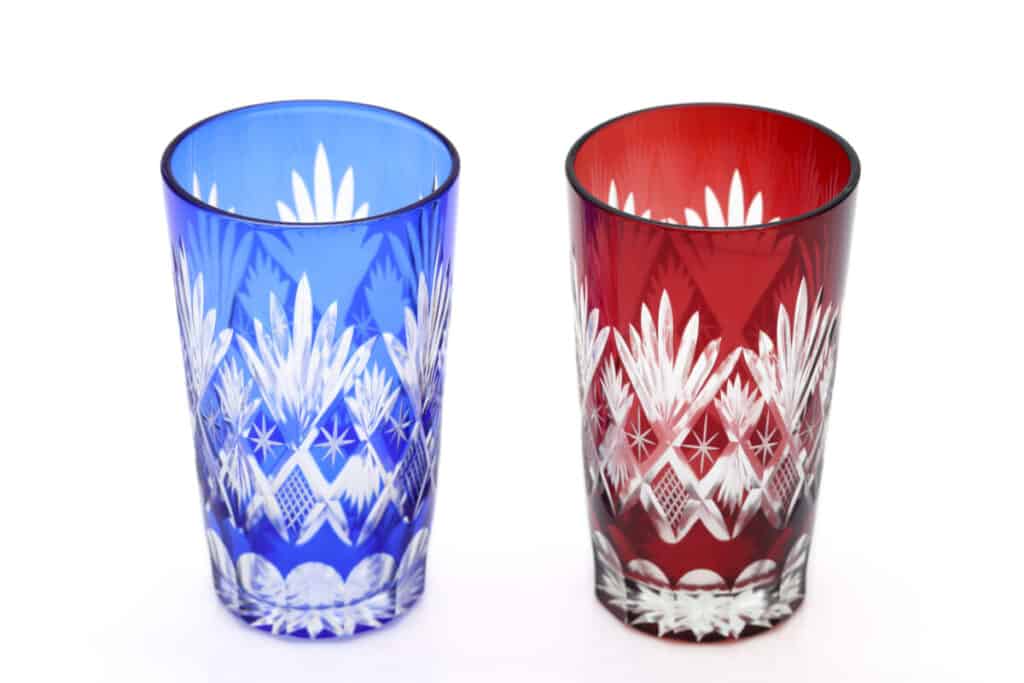
Kōjitsunagi (Interlaced Kō Characters)
Kōjitsunagi is a pattern named for the repetitive use of the kō character. The characters interlock in a way that appears to stretch to infinity.
This pattern is often used on kimono material and is thought to bring good fortune.
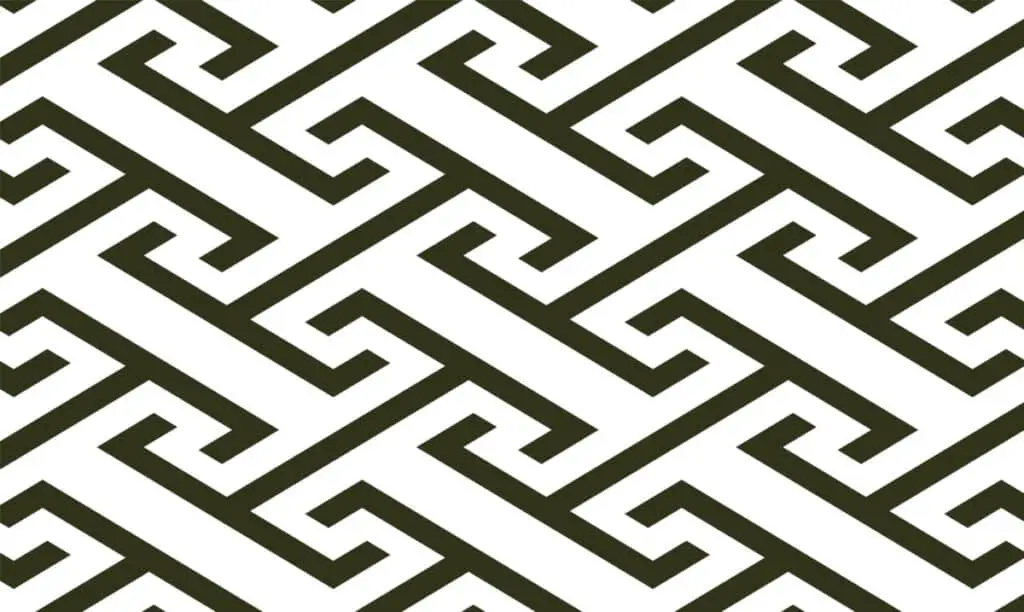
Mameshibori (Pea Tie-dye)
Mameshibori means peas, and the pattern is similar in appearance to the shape of these vegetables. This is also linked to the pattern representing good health.
The dots were originally irregularly shaped when the pattern was handmade, however, they are now shaped identically due to the use of stencils.
Mameshibori was once the most popular pattern that was used on hand towels.
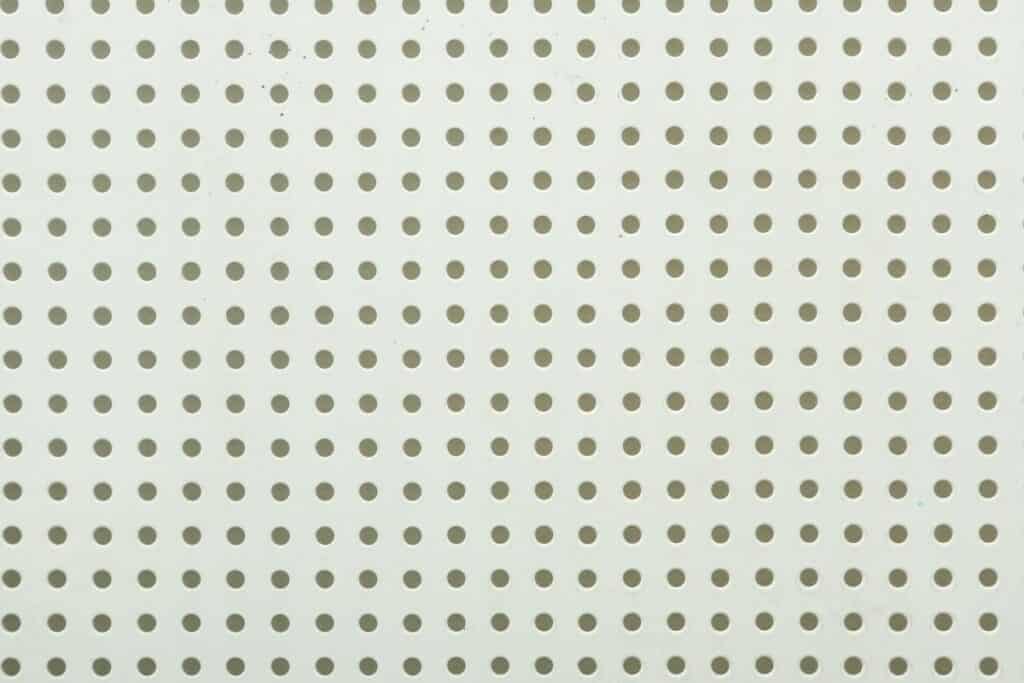
Matsukawabishi (Pine Bark)
The Matsukawabishi pattern means pine bark, and as such, it is a symbol of longevity.
The pattern can be made up of a grid or unique shapes and can contain other patterns.
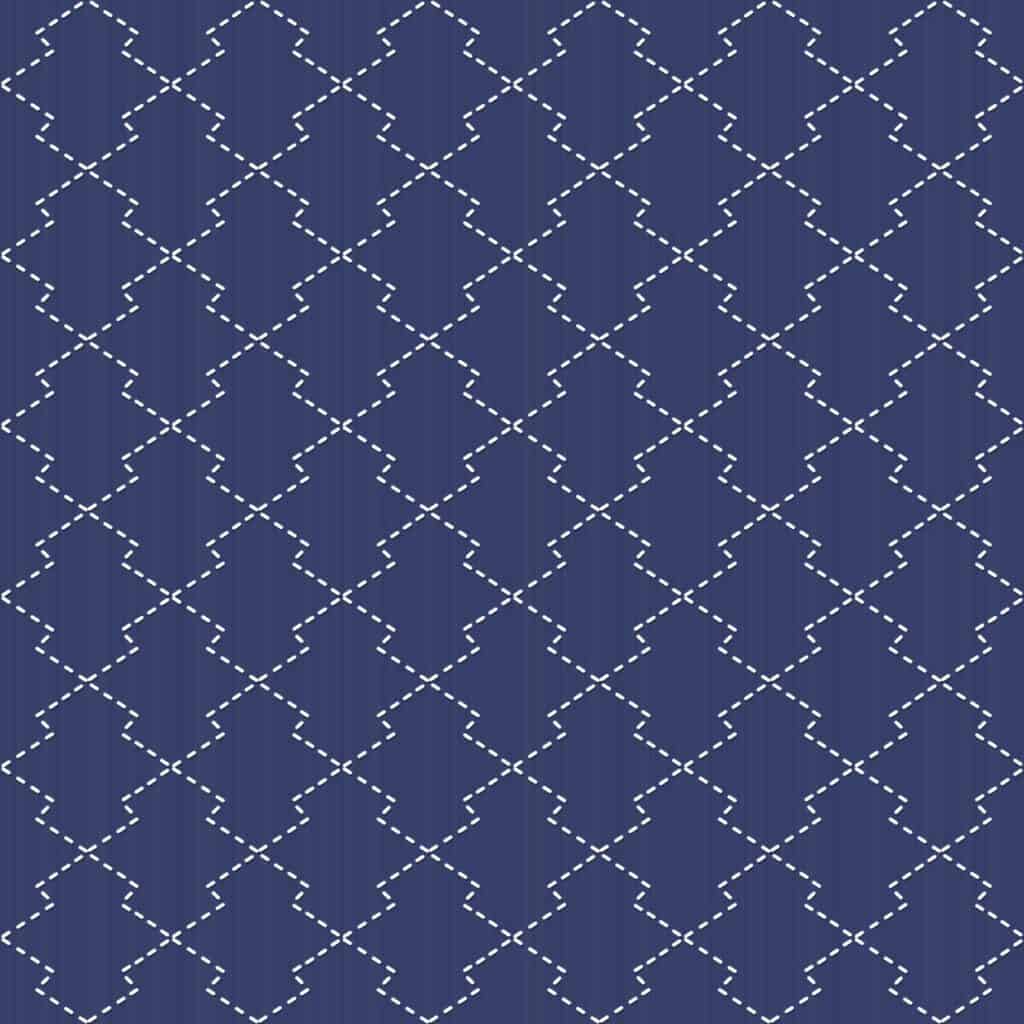
Raïmon (Meandering Bolt)
The Raïmon pattern depicts a lightning bolt and symbolizes the wonders of the natural world. It is therefore seen as a symbol of luck.
The pattern can be commonly seen used on ramen bowls, a popular Japanese dish of soup and noodles.
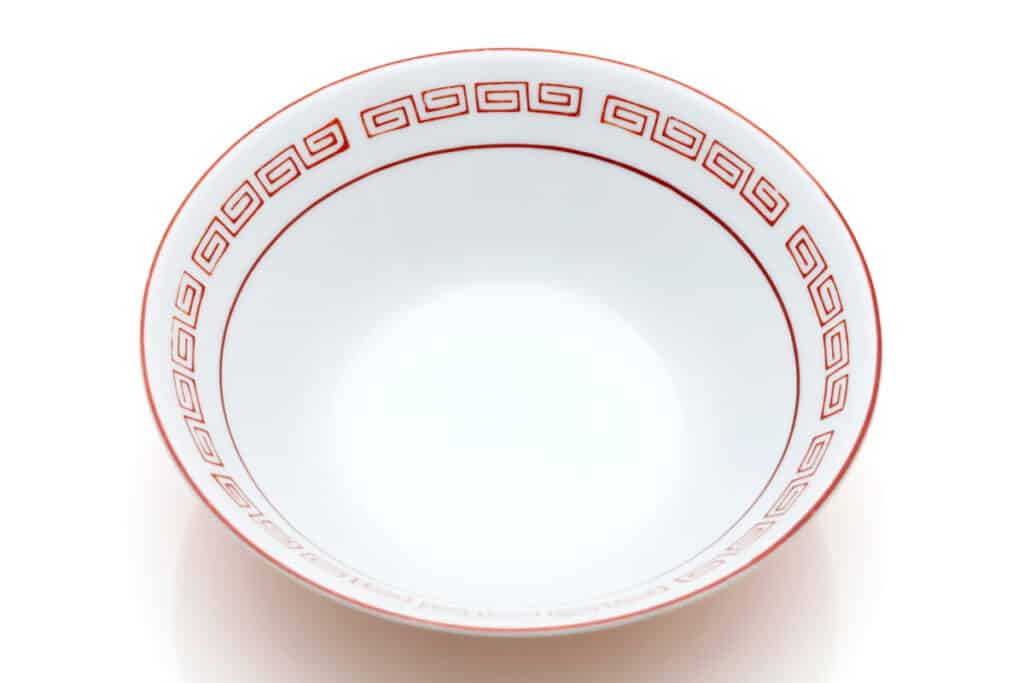
Sakura
Sakura is the emblematic, cherry blossom, the flower of Japan. It marks the start of spring and is so important in Japanese culture that it has its own tradition, Hanami, where people watch and appreciate the beauty at the time it flowers.
The pattern symbolizes the acceptance of the transience of beauty, kindness, and softness.
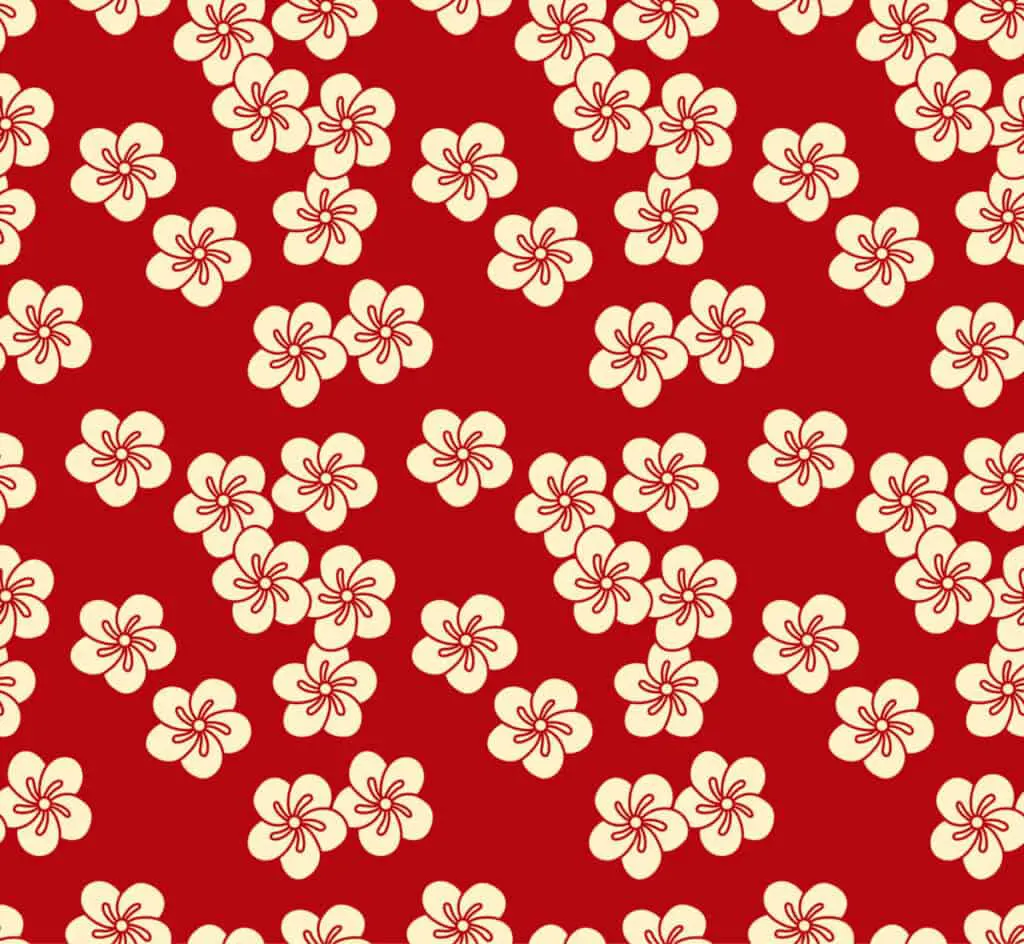
Same Komon (Shark Skin)
Same Komon received this name from the concentric dotted circles that make the pattern. The pattern itself resembles the skin of a shark and does not have a specific meaning.
Generally used as the background pattern on kimonos, Same Komon was popular between the 17th and 19th centuries after previously being used mainly by Samurais.
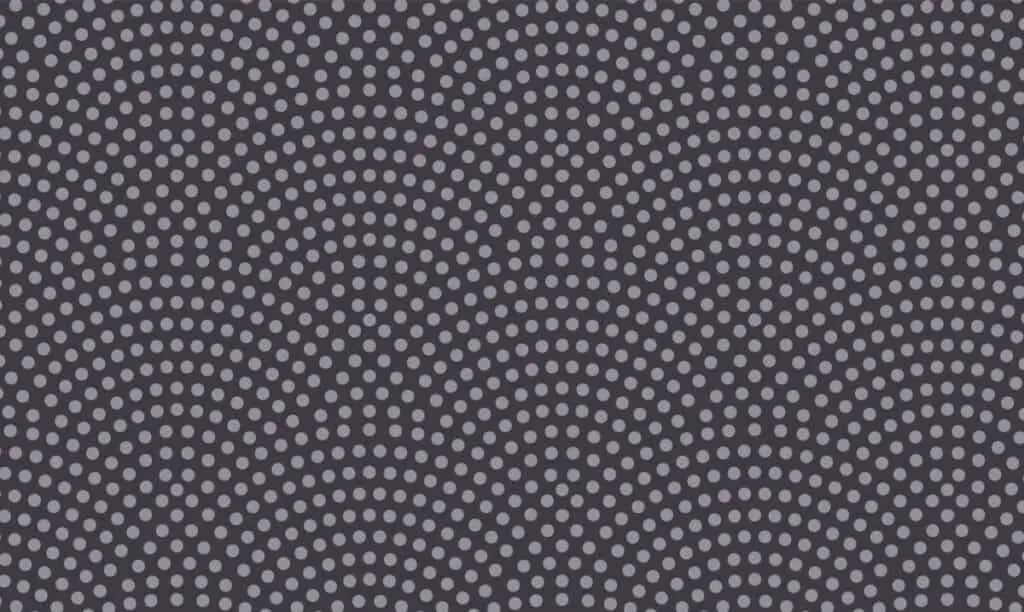
Sayagata (Diagonal Crosses)
The cross on the Sayagata pattern is an old universal pattern, found across the world. The name refers to a diagonally weaved pattern and was originally imported from China.
The Sayagata pattern symbolizes positivity and is identified as representing compassion, life, and strength.
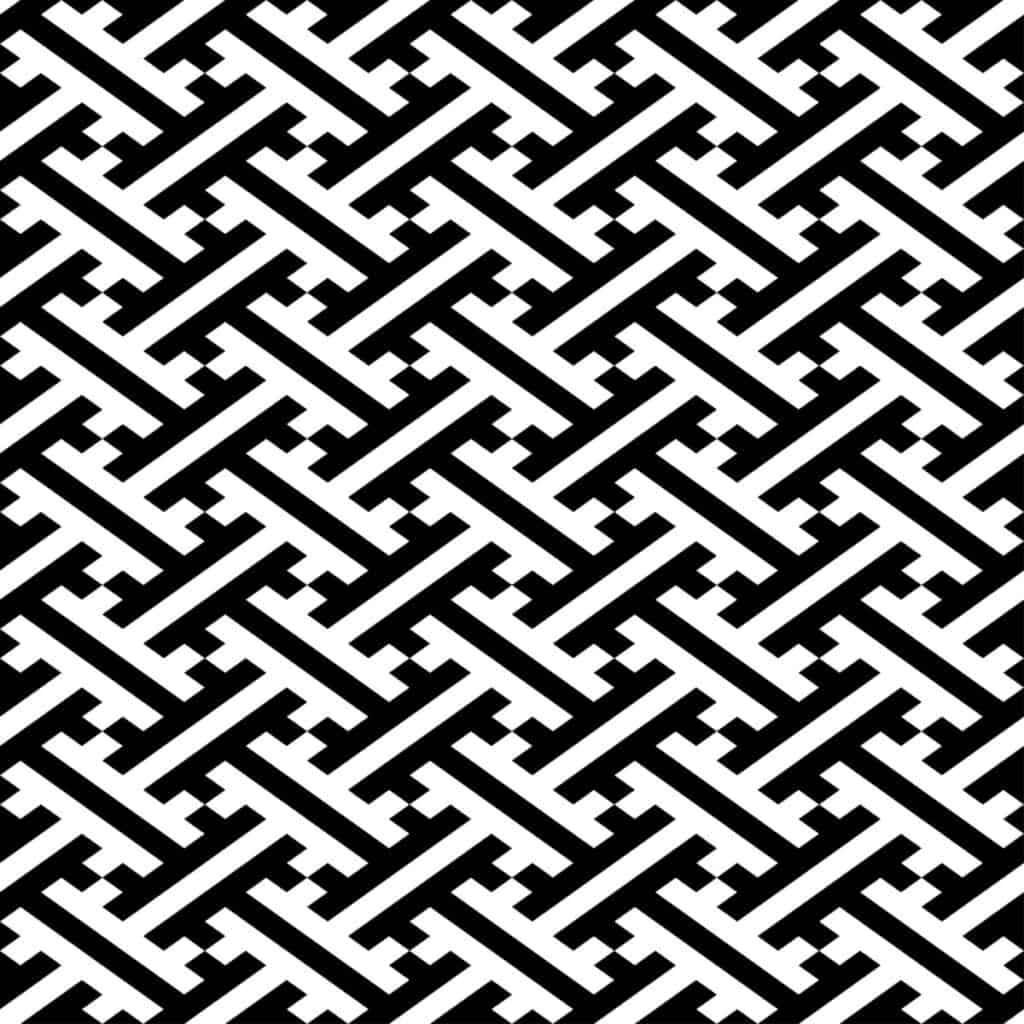
Seigaiha (Blue Ocean Waves)
The origins of the name Seigaiha are in the gagaku ancient court dance of the same name. Dances wore costumes with the Seigaiha pattern on, a pattern of fan-shaped waves, made up of concentric arches, from the open sea.
The pattern represents calm, peace, and quietness, characteristics often associated with the sea.
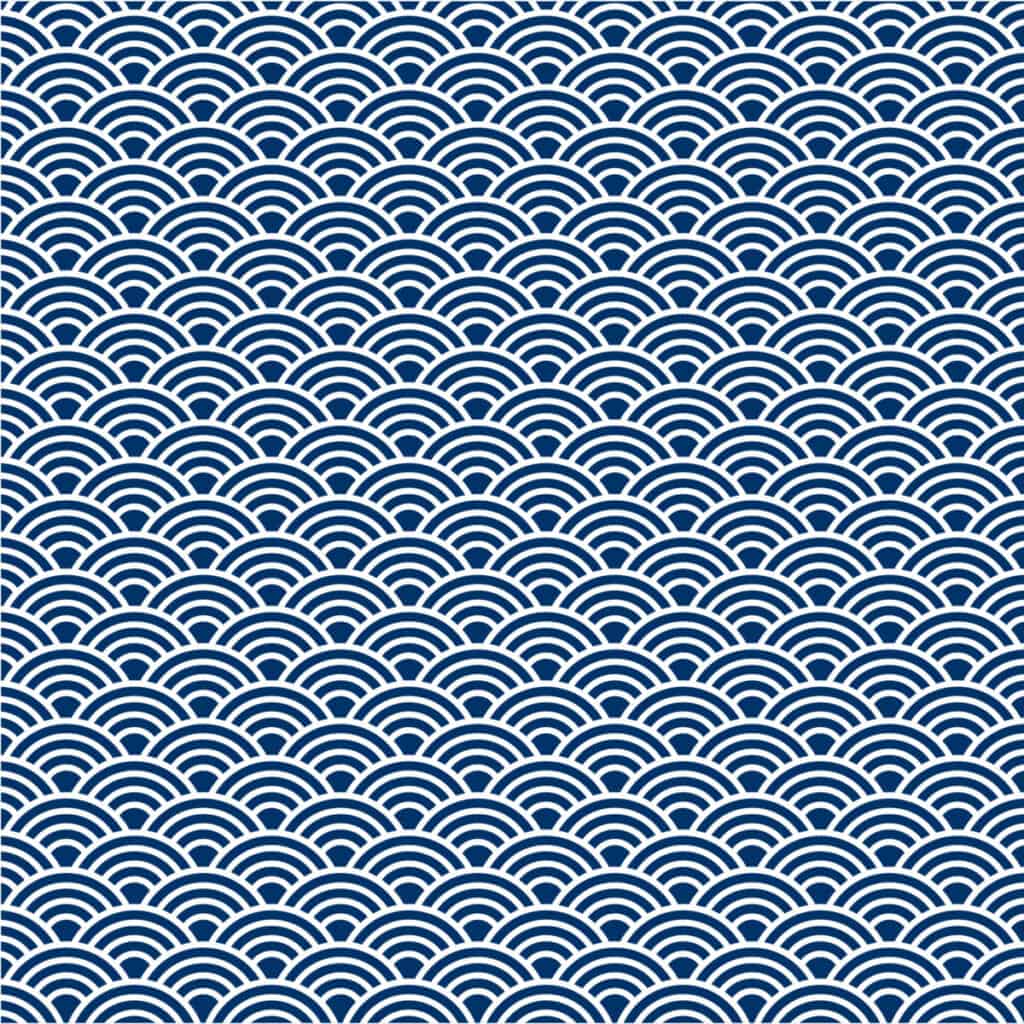
Shippō (Seven Treasures)
The overlapping circles in the Shippōpattern resemble petals, with a shining star formed in the center of each petal. It is renowned for bringing harmony, good relationships, and the prosperity of descendants.
The circles on this pattern represent the purported 7 treasures of Buddhism, which are commonly used in Japanese craftsmanship.
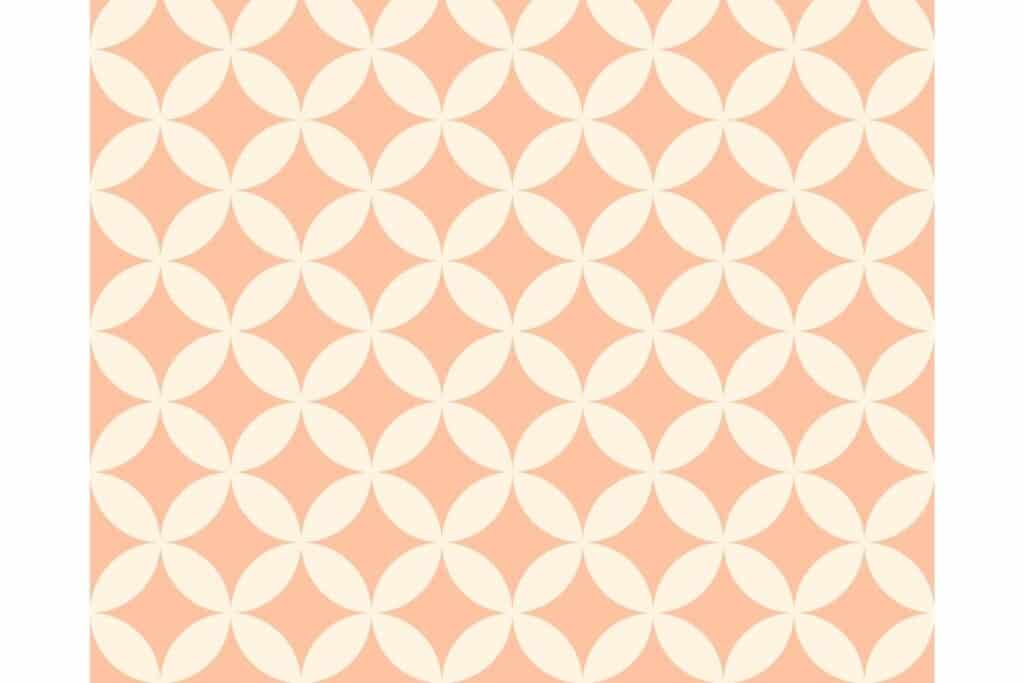
Tachiwaki / Tatewaku (Rising Steam)
Gently rising steam is represented in this pattern by two curving lines, sometimes referred to as waves. The rising steam represents the capacity to rise above events that occur in life.
Variations of the curved lines increased over time with some of the more popular being Kumo Tatewaku where the lines represent clouds and Sasa Tatewaku where the lines represent bamboo.
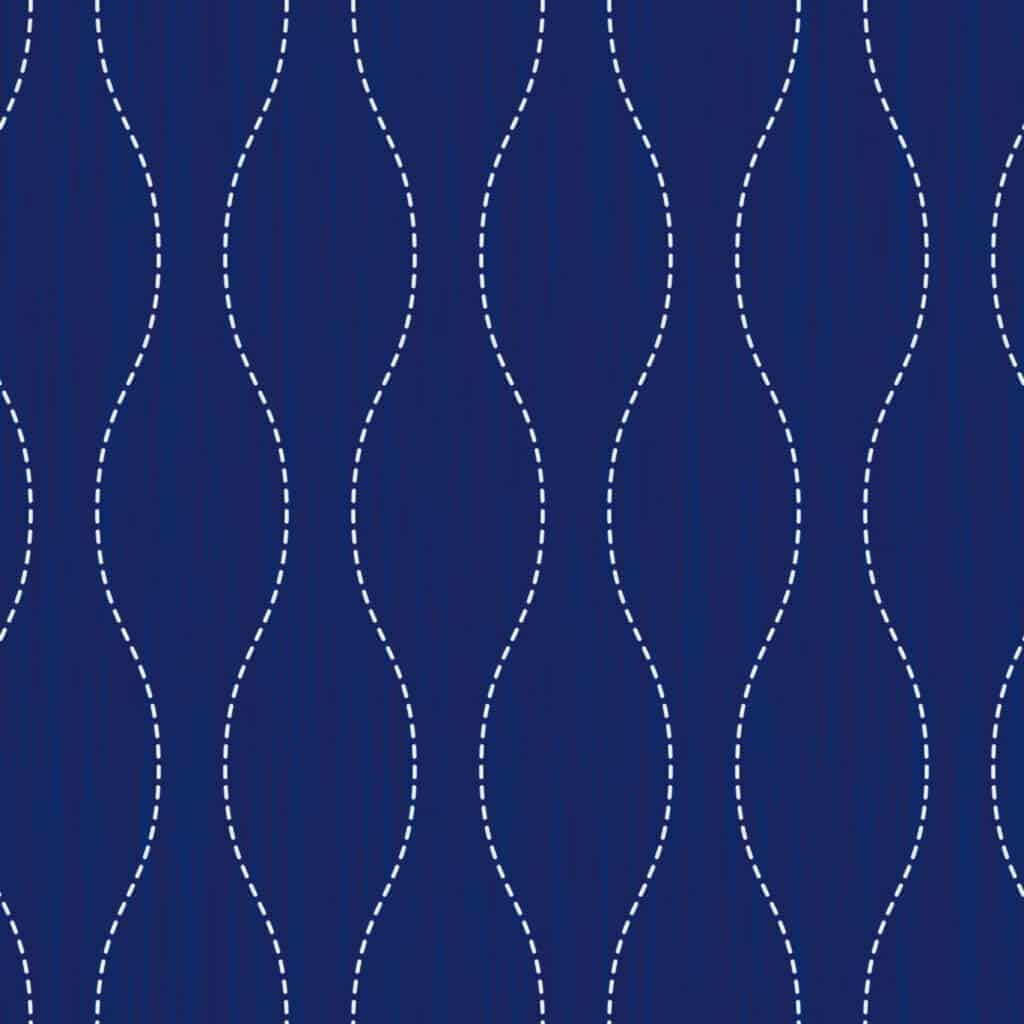
Uroko (Scales)
Uroko is a pattern made up of a combination of rounded triangles, resembling scales from animals such as snakes and fish.
Clothing worn by Samurai would have the Uroko pattern woven in, acting as a talisman to protect the Samurai from harm.
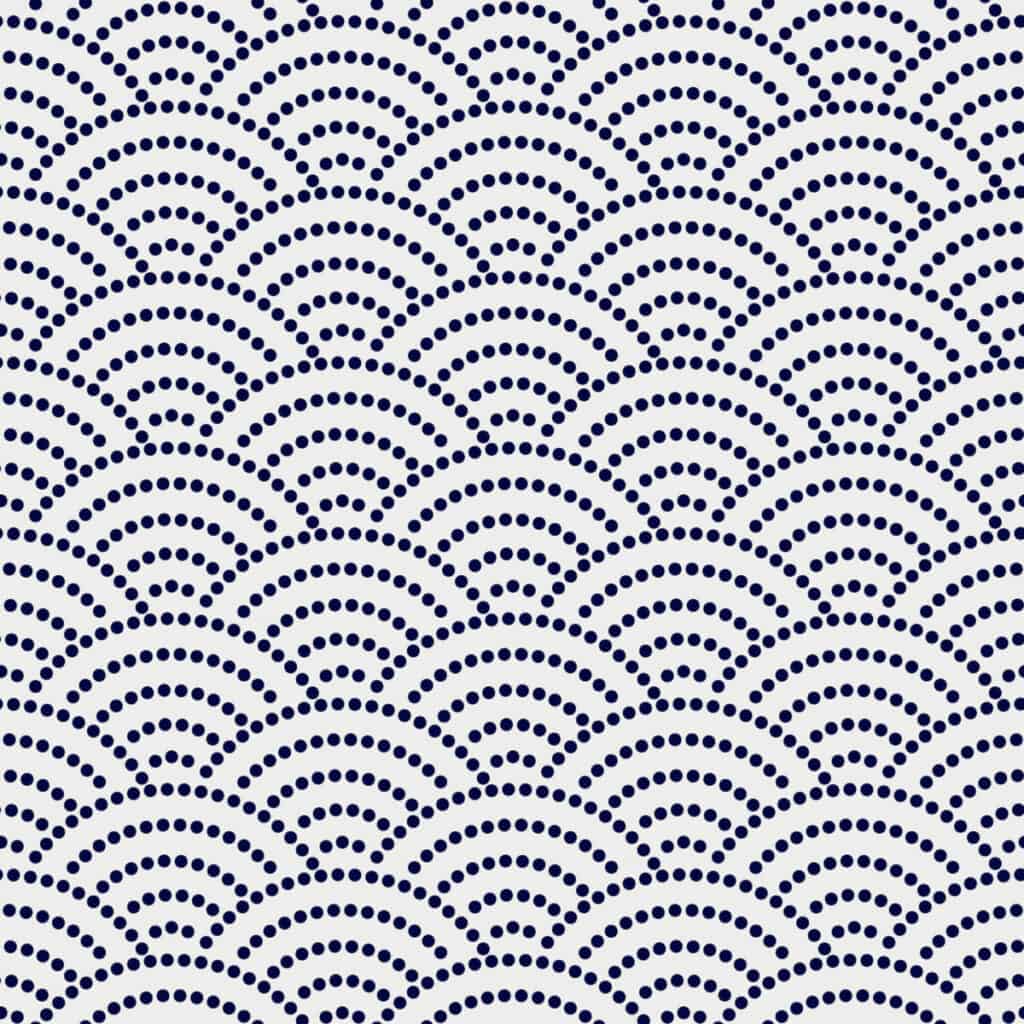
Yabane (Arrow Feathers)
The Yabane pattern represents feathers used in arrows. The design is based on feathers being used in arrows, from birds such as eagles and hawks.
Yabane was initially used on men’s clothing, due to the arrows relating the pattern to archery. It soon became a pattern for women, with the most common meaning being luck.
The design is symbolic of aiming for a target, as arrows do not return once shot. Brides used to wear kimonos featuring this pattern as a symbol of good luck, to prevent the need for them to return to their family home.
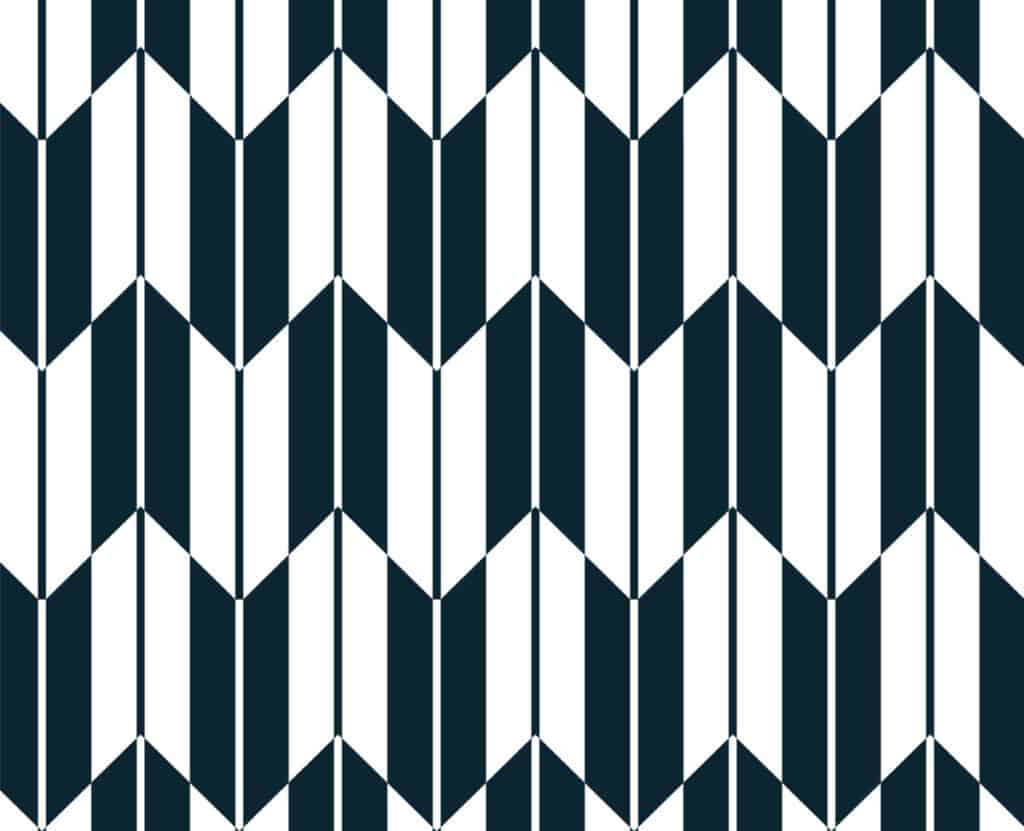
Yamaji (Zigzag)
Yamaji is a zigzag pattern with its name meaning mountain road, the pattern depicting such roads.
The pattern is often used to improve the coherence of the other patterns being used.
